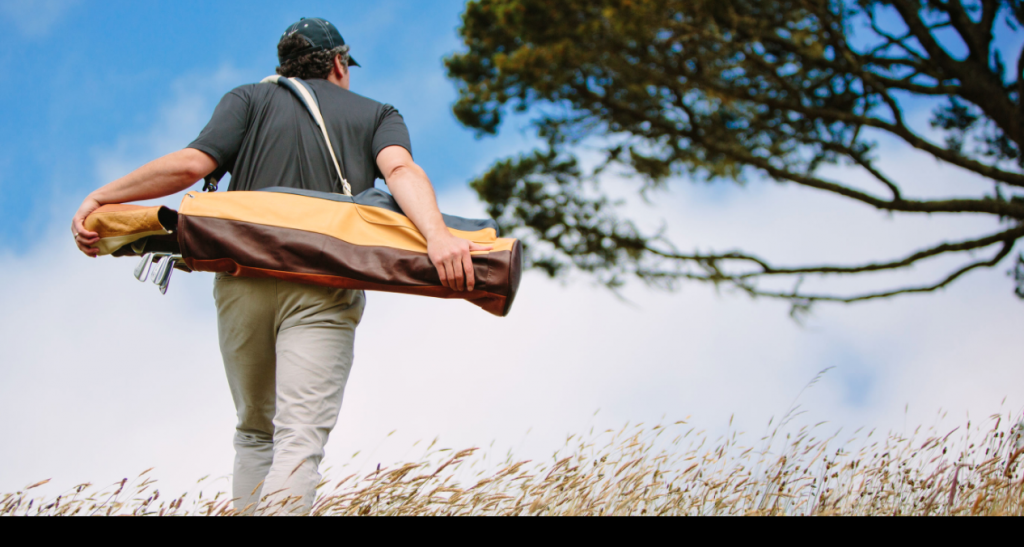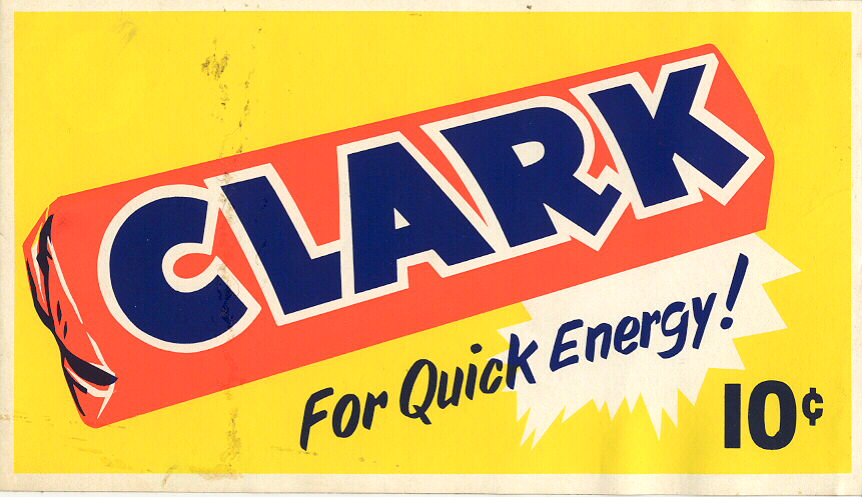
Click photo to hear The Feelies pay homage to Jimi Hendrix during their encore at The Sinclair in Cambridge, Mass., Oct. 14, 2017.
Nerd rockers The Feelies played The Sinclair in Cambridge over the weekend, and for all the band’s laudable work churning out two solid sets, it was the encore that left the greater impression. This is perhaps by design, from a band that does encores like no one else and whose 21st century incarnation just happens to have played out like one long, extended encore.
Formed in 1976, this Hoboken 5-piece achieved a modest commercial success and sizeable cult following (comprising not insignificant numbers of Velvet Underground devotees) during the 1980s on the strength of four superb studio albums. Eventually it would break up (1992), re-form (2008), go out on limited tour (trademark diffidence in tow) and eventually release two new discs, including this year’s In Between.
And yet I come before you not to reflexively extoll the virtues of The Feelies sound — which I love, but about which reasonable people can disagree — but rather to applaud the remarkable structure of their shows. We’re all familiar with the two-sets-plus-appended-encore format of most club dates. Here The Feelies do not break any molds. When it comes to the content of those encores, however, they deviate from the norm to stirring effect.
I’ve long maintained that any band (even one whose original music I can’t get enough of) should be obligated, by law, to play at least one cover during a live show. Covering someone else’s material exhibits range; it provides insight into a band’s outside influences, tastes and admirations. It is at once self-effacing and evidence of a certain kind of bravado.
In this respect, The Feelies consistently hit it out of the park and they do it with an emotional intensity they don’t always apply to their originals. After playing not a single cover during the first two sets at The Sinclair, they re-emerged to produce their specialty: the rare all-cover encore, a half dozen tunes that, taken together, provide a veritable window on the band’s soul:
• Astral Plane, The Modern Lovers
• Paint It Black, Rolling Stones
• I Can’t Stand It, Velvet Underground
• Got to Get You Into My Life, The Beatles
• Real Cool Time, The Stooges
• Damaged by Love, Tom Petty
• See No Evil, Television
• Are You Experienced?, Jimi Hendrix
I watched this show with a couple certifiable Feelies Freaks who admitted afterward the two formal sets had come off as a bit labored. The band played a bunch of new material from In Between (i.e. songs still to be polished in the live setting) and while they nailed plenty of oldies from Time For a Witness, Crazy Rhythms and The Good Earth, there wasn’t exactly a surfeit of energy up there. Of course, with The Feelies, stage histrionics are not what they’re selling. In any case, once the encore kicked off, they summoned reservoirs of new life. Even Glenn Mercer, the famously cadaverous and impassive lead singer/guitarist, perked up; mid-Stooges, after two sets of studied catatonia, he could be seen bouncing about the stage and rubbing his guitar against the mic stand.
I don’t know of any other bands that deliver all-cover encores (aside from those who do nothing but covers). In some small way, The Feelies are innovating here — which is ironic, for in most every other respect, they have stubbornly refused to evolve. When Yo La Tengo debuted with Ride the Tiger in 1985, these two Jersey-derived bands could easily have been mistaken for one another — a pair of similarly skilled, post-punk, Velvet-obsessed, art-house darlings. Yo La Tengo actually has a thing for covers, too. But while YLT moved on (issuing a dozen increasingly expansive, sonically adventurous albums), The Feelies have never abandoned their own specific brand of jangly, guitar-driven avant-pop, proving just how much there is to mine from such a seemingly constrictive niche.
And you know what? Their encore habits further demonstrate their desire to cling just as tightly to their earliest influences. Today, of course, there are websites devoted entirely to the fan-chronicling of set lists, even those performed by obscure bands from the 1980s. The Sinclair show has not yet been logged for all time, but here we gather from www.setlist.fm a further sampling of encore tunes from The Feelies’ Detroit show at The El, in July:
• Dancing Barefoot, Patti Smith
• White Light, White Heat, Velvet Underground
• I’m a Believer, Neil Diamond (The Monkees didn’t write this, silly)
• Everyone’s Got Something but Me and My Monkey, The Beatles (or this one)
• Child of the Moon, Rolling Stones
• Take It As It Comes, The Doors
• Seven Days, Bob Dylan
I’ve seen The Feelies three times now, all post 2008, and I just love the way these guys deploy their encore/cover strategy to paint for the audience (and re-experience for themselves) a rich picture of their collective musical tastes circa 1978, when the band was just getting going, young and impressionable. This gambit functions additionally as an ingenious audience-engagement strategy, for everyone at The Sinclair was at least as old as I am (53), and who in their 50s doesn’t want to hear one of their favorite bands cover Television, or Patti Smith? And I find this sorta touching: The Feelies rarely leave out the Beatles and Stones — because, honestly, how could anyone, even the most overly curated latent punk aesthete, come of age in the early 1970s and completely resist their many, many charms? After all, when The Feelies were coming up, 1969 just wasn’t that long ago.
What sort of new music are The Feelies into these days? The Lord only knows. If the contents of their encores are any guide, the answer is “not much”. They knew Tom Petty has recently passed away — evidence of a basic musical awareness. Otherwise, the course of modern rock these last 25 years would appear to have made little to no impression on their song choices. They’re a band whose predilections and influences, like their own sound (even today), remain frozen in amber. And it’s hard not to love them for it.

 PHILADELPHIA — When we learned my daughter Clara would matriculate at the University of Pennsylvania, naturally her dad was thrilled: Here was my chance to make a proper pilgrimage to The Palestra, the most storied college basketball venue of the 20th Century.
PHILADELPHIA — When we learned my daughter Clara would matriculate at the University of Pennsylvania, naturally her dad was thrilled: Here was my chance to make a proper pilgrimage to The Palestra, the most storied college basketball venue of the 20th Century.













